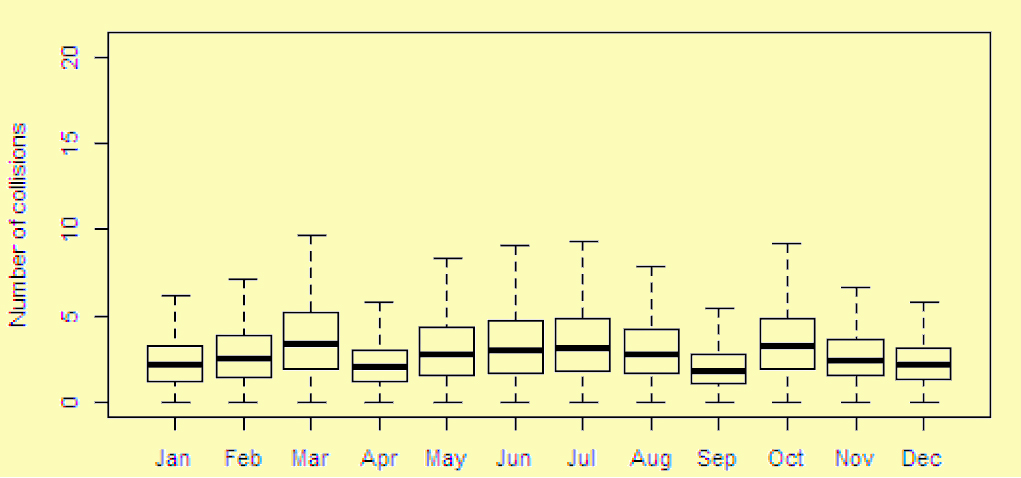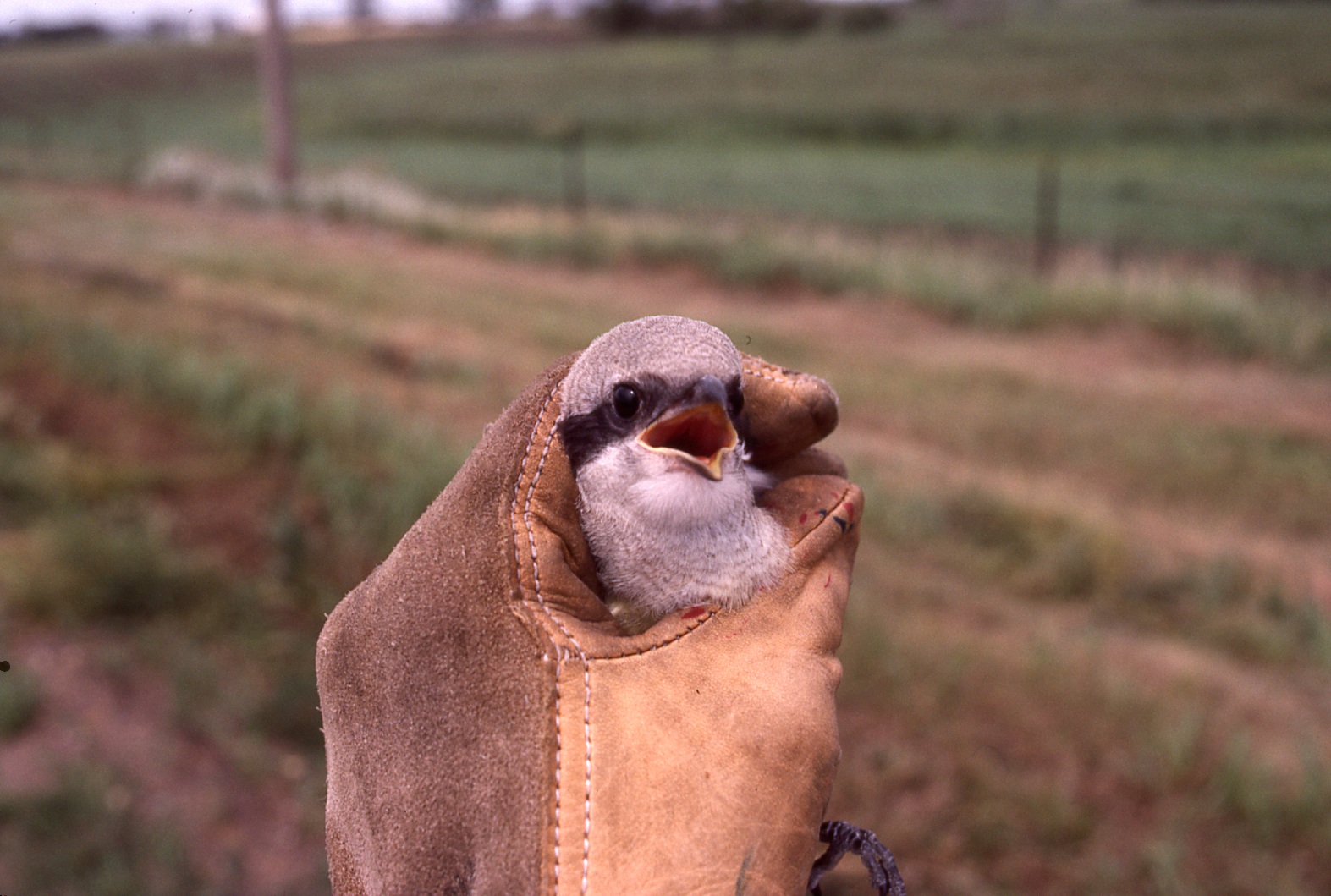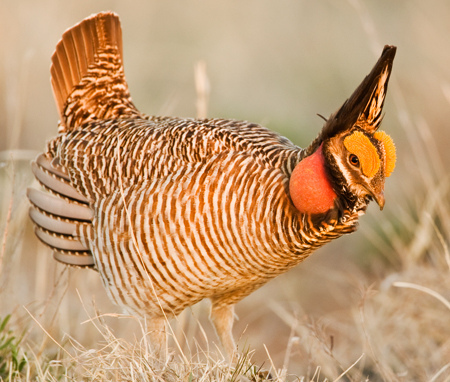WELCOME TO OUR COMPANY
Birds
Copyright © 2017 by Aeolus Consulting Services, LLC · All Rights Reserved
Assessing potential impacts to birds and minimizing or mitigating these impacts are often the most prominent biological tasks associated with wind and solar development. The first phase in evaluating seasonal avian use of a project site is typically accomplished by conducting point-count bird surveys throughout the project area. Data recorded during point-count surveys forms the database that is subsequently used for predictive collision and risk modeling.
Once the data have been analyzed, a Bird Conservation Strategy (often paired with a Bat Conservation Strategy), is usually prepared. This document includes a discussion of all real and theoretical impacts to birds within the project site and presents impacts minimization and avoidance measures for all contingencies. Other bird-related studies often undertaken by ACS biologists at renewable energy sites are presented below.
Eagle Take Permits
Once the field surveys have been completed, the data must be presented in a meaningful and useful manner. This often comes down to predicting impacts to avian communities in the most accurate way possible. Accordingly, ACS biologists and biostatisticians have decades of experience with the proper techniques of collecting and analyzing field data. We use a variety of
The Bald and Golden Eagle Protection Act grants these species special protections beyond those stipulated in the Migratory Bird Treaty Act. Under particular and highly restrictive conditions, the U.S. Fish and Wildlife Service has the option to issue an Incidental Take Permit (ITP) for developments that may impact eagles. ACS is well-quailified to assist clients with the ITP application process, including the production of the required Retrofitting Plan and Eagle Conservation Plan.
analytical software and custom programs uncluding: the USFWS Bayesian CRM, the Band model, the Masden R model, and the RER model.
Avian Impacts Assessment and Collision Risk Modeling
Depending on the project location, there may be concerns about possible impacts to Threatened, Endangered, or Sensitive (TES) species. Often the general avian point-count surveys are not sufficient to definitively establish the presence or absence of TES species. In such cases, protocol surveys that are specific for each TES species of concern must be conducted. ACS avian biologists have been trained and permitted by the U.S. Fish and Wildlife Service
to conduct protocol surveys for all the TES avian species that might be encountered at a typical project site. Our avian specialists have also received WAFWA training and certification to conduct Lesser Prairie-chicken habitat analyses.
Threatened, Endangered, and Sensitive Bird Surveys
There is often a need for raptor nest site surveys at proposed and existing renewable energy sites. Such surveys may also include a 10-mile buffer area outside of the immediate project site. Given the amount of surface area involved, as well as access issues, it is usually more economical and efficient to conduct aerial surveys. ACS biologists have conducted
Nest Site Surveys
numerous helicopter and fixed-wing surveys for a variety of projects throughout North America.









